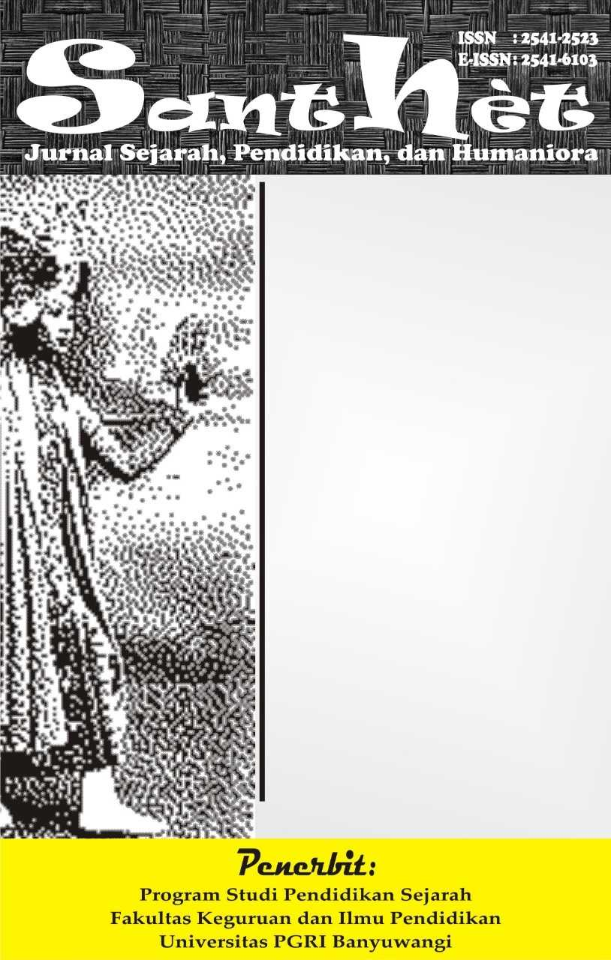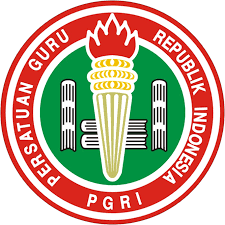The Role of the Village Government in Efforts to Equalize Infrastructure Development in Sungai Rimbang Village, Suliki District, Lima Puluh Kota Regency
DOI:
https://doi.org/10.36526/santhet.v9i4.5817Keywords:
equitable development, infrastructure, role of government, Sungai Rimbang VillageAbstract
Equitable development can be defined as a governmental initiative aimed at expanding public access to infrastructure and facilities that align with the needs of the community., equalize public and social facilities, and improve the overall quality of life. This research is intended to analyze the role of the Village Government in efforts to ensure equitable infrastructure development in Sungai Rimbang Village, Suliki District, Lima Puluh Kota Regency. The background of this research is the persistence of disparities in infrastructure development between hamlets in Sungai Rimbang Village, particularly the discrepancy between development plans in the Village Government Work Plan (RKP) and implementation on the ground. Data from 2024 shows that of a number of planned activities, only a small portion has been realized, and some hamlets have not even received any development at all. This study uses a descriptive qualitative method with the approach of the government role theory from Labolo (2010:32), which includes the roles of regulator, catalyst, and facilitator. The results show that the government has formulated regulations such as the RPJM and RKP Village, but implementation and evaluation are still not optimal. Musrenbang (Regional Development Planning) has been implemented as a form of public participation, but the level of community involvement is still low. The government has also facilitated physical development, but its distribution is not equitable. Therefore, it is necessary to increase development effectiveness through regular regulatory evaluation, strengthening community participation, and coordination between village institutions.
References
Handri, R., & Syafril, R. (2024). Peran Lembaga Bantuan Hukum (LBH) dalam Memberikan Bantuan Hukum terhadap Rakyat Miskin di Kota Padang. Arus Jurnal Sosial dan Humaniora, 4(3), 1842–1850. https://doi.org/10.57250/ajsh.v4i3.770
Hardani. (2020). Metode Penelitian Kualitatif dan Kuantitatif. Yogyakarta: Pustaka Ilmu
Iqbal, M., Rifin, A., & Juanda, B. (2019). Analisis Pengaruh Infrastruktur Terhadap Ketimpangan Pembangunan Ekonomi Wilayah Di Provinsi Aceh. Tataloka, 21(1), 75. https://doi.org/10.14710/tataloka.21.1.75-84
Irmansyah, I., Mustafa, S. W., & Hamid, R. S. (2021). Efektivitas Kebijakan Dana Desa terhadap Pembangunan Infrastruktur. Jesya (Jurnal Ekonomi & Ekonomi Syariah), 4(2), 1086–1095. https://doi.org/10.36778/jesya.v4i2.479
Labolo, Muhadam. (2010). Memahami Ilmu Pemerintahan : Suatu Kajian, Teori, Konsep dan Pembangunan. Jakarta: Rajawali Press
Lutfi, A., & Syafril, R. (2025). Implementation Of The Quality Family Village (Kb) Program, Lunaki Madani, To Improve The Quality Of Life Of The Community In Koto Panjang Village, East Padang Panjang District. Jurnal Sejarah, Pendidikan Dan Humaniora, 9(2), 500–508. https://doi.org/10.36526/santhet.v8i2.4272
Marina, R. (2018). Partisipasi Masyarakat Dalam Musyawarah Perencanaan Pembangunan Desa Di Desa Maguwoharjo. Jurnal Pembangunan dan Masyarakat Desa, 27(2), 74–87.
Moleong, J. Lexi. (2013). Metodologi Penelitian Kualitatif. Bandung: Penerbit PT Remaja Rosdakarya.
Nurkhalisa, N. (2024). Partisipasi Masyarakat Dalam Pembangunan Desa Telukjambe Kecamatan Telukjambe Timur Kabupaten Karawang. Jurnal Community Development Journal, 4(1), 45–56. https://doi.org/10.31004/cdj.v5i1.25323
Peraturan Daerah Kabupaten Lima Puluh Kota Nomor 01 Tahun 2018 Tentang Pemerintahan Nagari
Peraturan Nagari Sungai Rimbang Nomor 5 Tahun 2022 Tentang RPJMN
Peraturan Nagari Sungai Rimbang Nomor 7 Tahun 2024 Tentang RKP Nagari Tahun 2024
Rasyid, F. (2022). Metodologi Penelitian Kualitatif Dan Kuantitatif. IAIN Kediri Press.
Riyadi. (2002). Perencanaan Pembangunan Daerah Strategi Mengendalikan Potensi Dalam Mewujudkan Otonomi Daerah. Jakarta. Gramedia
Rohim, A. (2024). Dampak Kebijakan Otonomi Daerah Terhadap Pemberdayaan Masyarakat Lokal. Pattimura Legal Journal, 3(3), 178–191. https://doi.org/10.47268/pela.v3i3.
Siagian, S. P. (2008). Manajemen Sumber Daya Manusia. Jakarta: Bumi Aksara
Soekanto. (2002). Teori Peranan. Jakarta: Bumi Aksara.
Sugiyono. (2018). Metode Penelitian Kuantitatif, Kualitatif, dan R&D. Bandung: Alfabeta.
Sugiyono. (2013). Metode Penelitian Kuantitatif Kualitatif dan R&D. Bandung: Alfabeta
Sukma, G. L. (2024). Peran Pemerintah Desa Dalam Mengurangi Kemiskinan Melalui Pembangunan Infrastruktur Di Desa Sirnabaya Kabupaten Karawang. Jurnal Ilmiah Ilmu Pemerintahan, 10(2), 445–461. https://doi.org/10.25157/moderat.v10i4
Undang-Undang Nomor 23 Tahun 2014 Tentang Peraturan Daerah
Undang-Undang Nomor 6 Tahun 2014 Tentang Desa
Zakir, F. (2022). Mengenal Sistem Pemerintahan Nagari Di Propinsi Sumatera Barat. Ensiklopedia of Journal, 4(3), 53–57 https://doi.org/10.33559/eoj.v4i3.183





























